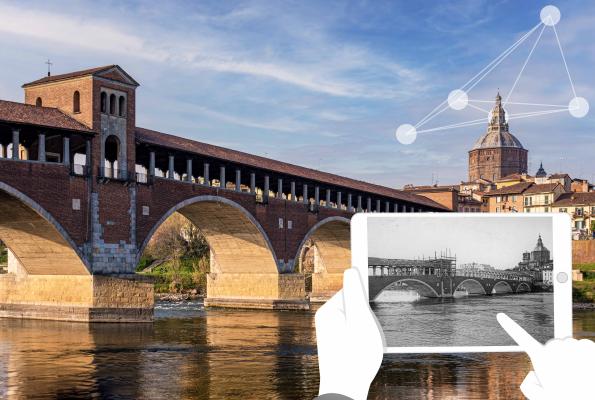Project summary
The issue addressed by the CHARME project is the digitisation of cultural heritage (CH) as key element both in building an European identity and in fostering innovation, creativity and economic growth.
Digitisation of CH creates more possibilities and ways for reusing cultural assets for innovative and creative services and products in various sectors, such as CH restoration and preservation, planned conservation, climate-related impact as well as citizenship engagement – also of specific target such as young people – and cultural inclusion, with focus on the most disadvantaged.
The partners have been collaborating for over 2 years, as associated partners of a project involving their respective universities, including University of Pavia (Advisory P). The 5 PP cities are all characterized by being medium-sized with an important historical and artistic heritage and wants to learn and capitalise on the reciprocal expericens in the field. All the organisations involved signed a Friendship Agreement (2022) which started the “Culture and Heritage Living Lab” in the context of which the need to develop the CHARME proposal emerged. In fact, all the PP believe that the digitization of CH must become a key element of the cultural strategies in regional policies and regional policy instruments, with specific focus on these two innovative areas of intervention:
• define innovative methods aimed to integrate ICT disruptive technologies (Internet of Things, mobile sensos, user generated data) within the Digital Asset Management process especially focused to enhance effectiveness of continuous preservation processes;
• reach and involve a wider, non-specialist, audiences with special reference to inclusive design through appropriate technologies (in schools, Universities, learning contests), also related to digital and virtual fruition of cultural heritage, that has been pushed forward during the COVID-19 pandemic, and now has to be permanently structured and managed.
